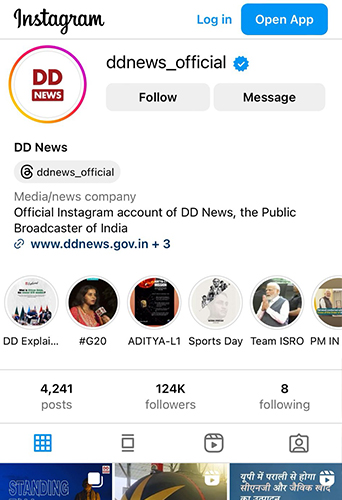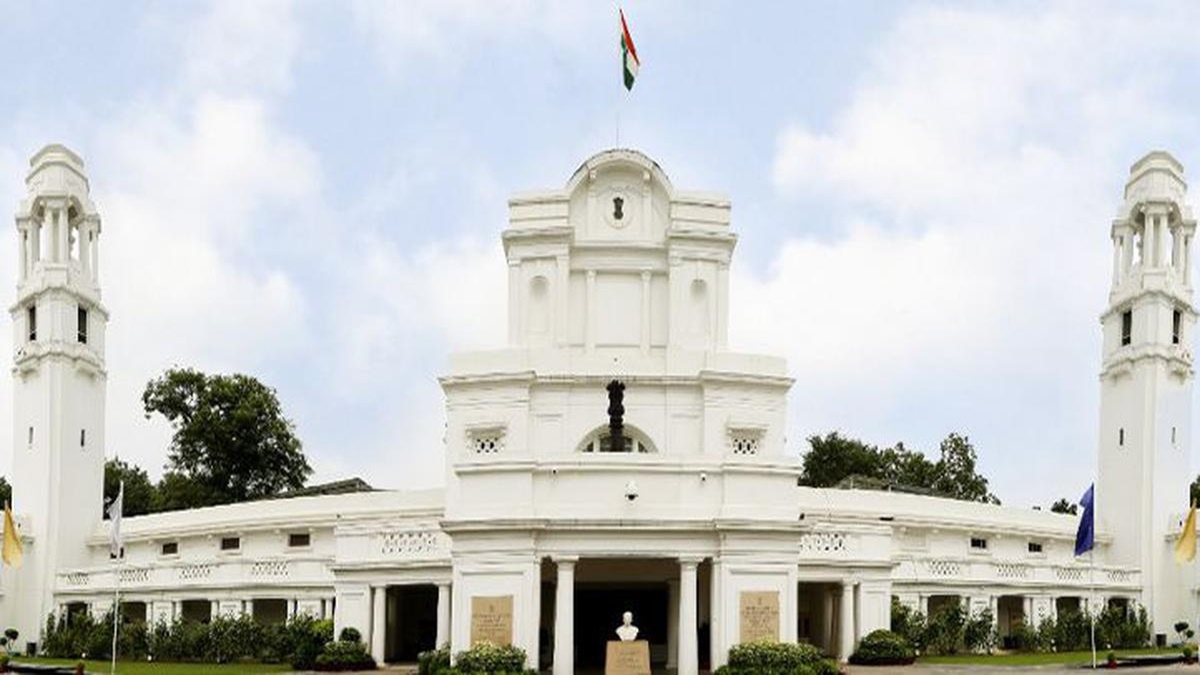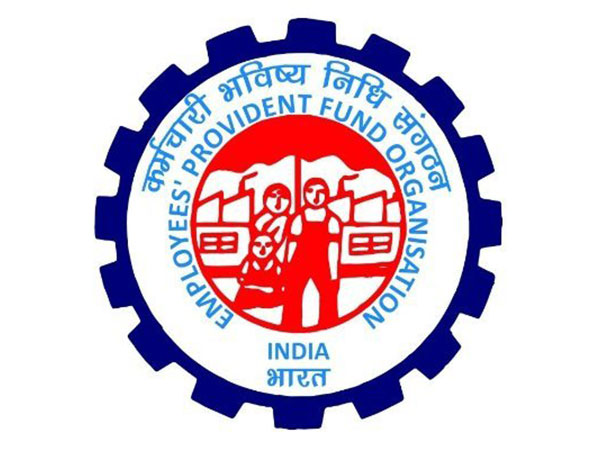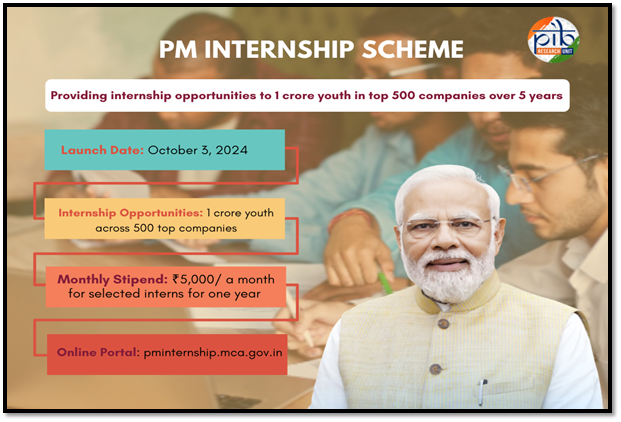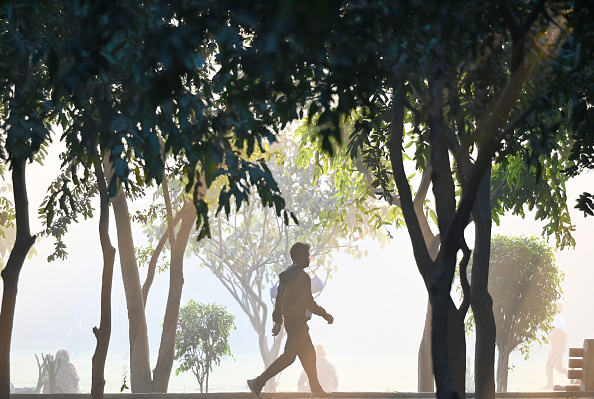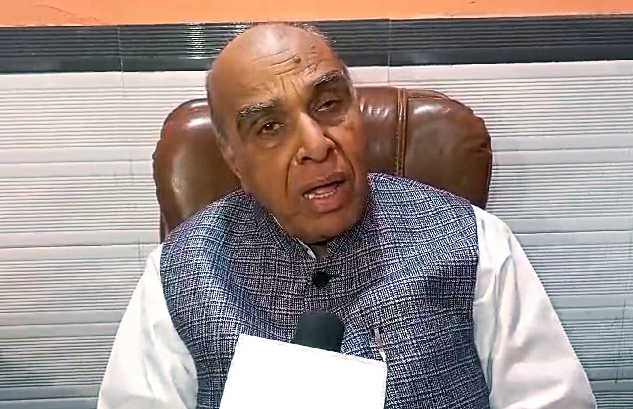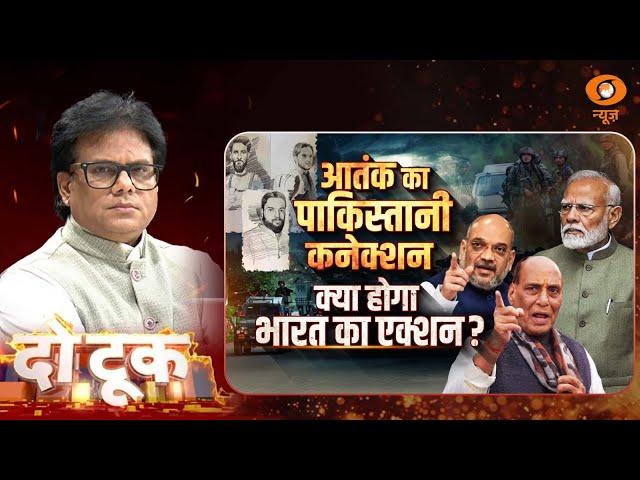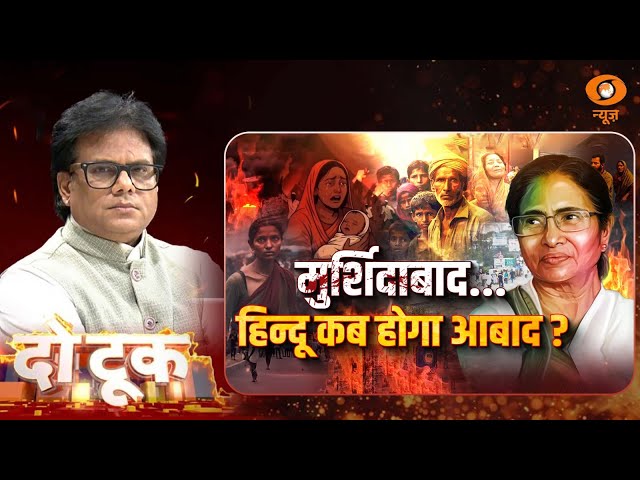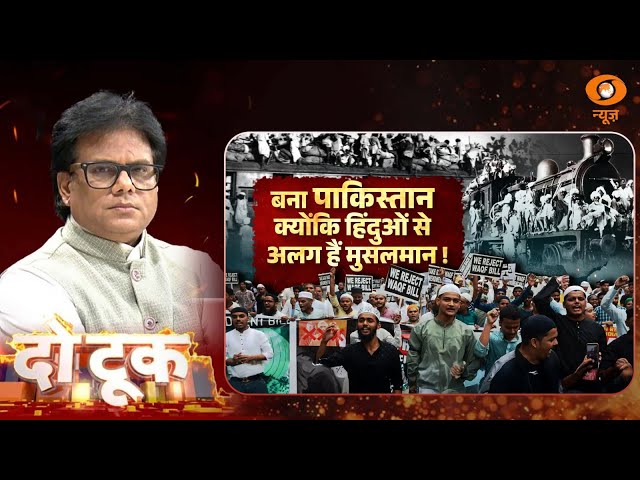Delhi, India’s present-day National Capital, began its modern administrative and political journey in December 1911, when the British colonial government shifted the country’s capital from Kolkata to the city. Under the British Raj, Delhi was governed by a Chief Commissioner appointed by the Viceroy of India.
Just before independence, in July 1947, the Pattabhi Sittaramayya Committee advocated a greater economy for Delhi, which was opposed by the Drafting Committee of the Constitution, and Delhi continued to remain governed by the Chief Commissioner after India got its independence on 15 August 1947. The Chief Commissioner was appointed by the President of India.
When the nation adopted its Constitution on 26 January 1950, Delhi became a Part-C State, administered directly by the Union Government. This category included former Chief Commissioners’ provinces and certain princely states, all governed through representatives appointed by the President. The year 1951 opened the door to limited self-governance, permitting Part-C States to have legislative assemblies with restricted powers. The Congress won the first legislative assembly election in Delhi, and Delhi Pradesh Congress Committee chief Chaudhary Brahm Prakash was appointed as the chief minister on 17 March 1952. He resigned from office on 12 February 1955 following rifts between the CM’s office and the Chief Commissioner of Delhi. He was succeeded by Gurumukh Nihal Singh, who became the city’s second Chief Minister.
The year 1956 closed that door opened in 1951, with the abolition of the Delhi legislative assembly. Under the States Reorganisation Act of 1956, Delhi was converted from a state to a Union Territory with the dissolution of the legislative assembly on 1 November 1956, with the then CM resigning. As per the States Reorganisation Act, Delhi needed no separate local government.
In 1957, the Delhi Municipal Corporation Act was passed, creating a municipal corporation for the city. The 1966 Delhi Administration Act established a Metropolitan Council in the city. The Council had 56 elected members and five nominated by the President of India. Run by a chairman alongside a Chief Executive Councillor (CEC), the Metropolitan Council only had recommendatory powers, with ultimate decision-making residing in the hands of the city’s administrator, who worked under the Government of India.
After the enactment of the Act, first, an interim Metropolitan Council was set up, headed by Jag Parvesh Chandra as its chairman. It worked from 3 October 1966 to 27 March 1967 until the first elections were held.
The BJP won the first Metropolitan Council (1967–1972), chaired first by L. K. Advani (28 March 1967 to 19 April 1970) and then by Shyam Charan Gupta (19 April 1970 to 19 March 1972). The Congress governed the second Council (1972–1977), led by Mir Mustaq Ahmed (20 March 1972 to 27 June 1977), followed by the Janata Party’s victory in the third Council (1977–1983) under Kalka Dass (28 June 1977 to 17 March 1983). The fourth Council (1983–1990) returned to Congress hands with Purushottam Goyal as Chairman from 18 March 1983 onwards.
The 1990s saw significant political developments in Delhi that gave the legislative framework the National Capital has today. With the National Capital Territory of Delhi Act of 1991 and the Government of the National Capital Territory of Delhi Act enacted on 2 January 1992, Delhi got a 70-member legislative assembly. The local government of Delhi, with one chief minister and six other ministers, has restricted powers, with land, police, and public order in the capital controlled by the Government of India.
Delhi’s second legislative assembly elections were held in 1993, forty-two years after the first election in 1951, with subsequent elections in 1998, 2003, 2008, 2013, 2015, 2020, and the recently concluded 2025 election.
The BJP won the 1993 election and formed the second local government of Delhi (from 1993 to 1998), followed by three consecutive Congress wins in 1998, 2003, and 2008, marking a 15-year reign from 1998 to 2013.
In 2013, a new entrant, the Aam Aadmi Party (AAP), emerged as the second-largest party but succeeded in forming a government with external support from the Congress. This government lasted for just 49 days, collapsing on 14 February 2014 with the chief minister’s resignation.
After that, Delhi was under President’s Rule from 17 February 2014 to 14 February 2015. Assembly elections held after it in 2015 saw the AAP getting a decisive mandate to form the government. It retained its government in the 2020 elections.
The latest polls concluded on 5 February 2025, with the results slated to come today. Early trends from the Election Commission of India show BJP leading the tally with 40 seats and 47% vote share. The AAP is at second place, leading in 30 seats with 43% vote share. Congress, has so far, drawn a blank, with 6.82% votes in its favour.





